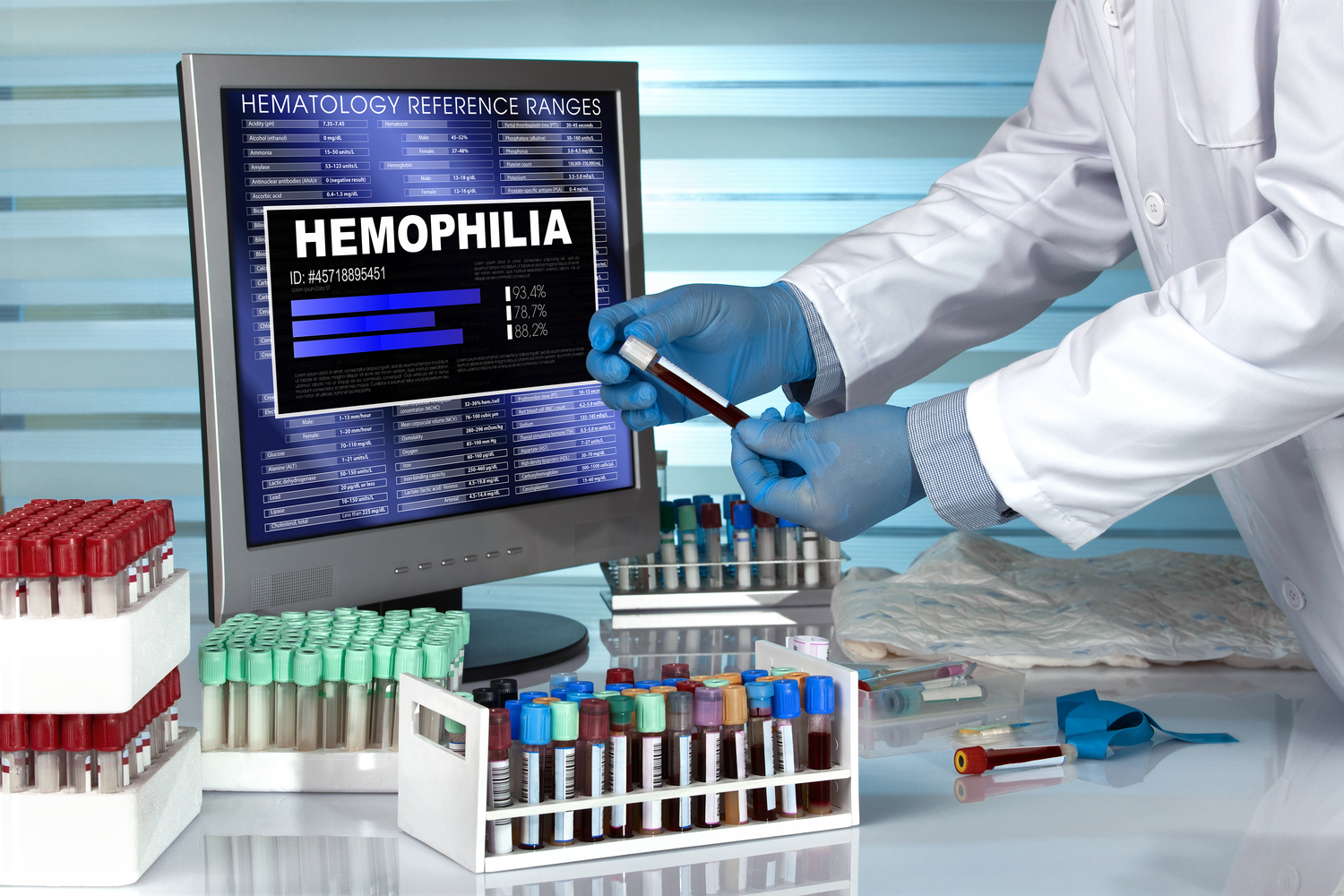
An Overview of Hemophilia Treatments
Hemophilia is a rare inherited medical disorder wherein the blood does not clot as it is meant to. This happens due to the insufficiency of blood-clotting proteins, which are also known as clotting factors. People suffering from this disorder may find themselves bleeding for a longer period of time than normal after sustaining an injury. Other symptoms noticed in people suffering from this condition can include inexplicable nosebleeds, blood in the feces, and sudden bruises on the surface of the skin which have no apparent cause.
Hemophilia tends to occur primarily in males while females are more likely to be carriers of the condition. While there was no concrete way to treat hemophilia till the late 20th century, currently practiced methods are extremely effective thanks to modern science and technology. Hemophilia treatments now primarily involve a process called replacement therapy. In this, the clotting factor that is missing in the blood is administered intravenously into the blood with a needle. Individuals require concentrates of clotting factor VIII for hemophilia A and concentrates of clotting factor IX for hemophilia B. The bleeding will cease once the injected clotting factor reaches the site of the injury. Timely treatment can help ease the pain of the patient and reduce the damage sustained by the muscles, joints, and organs.
With proper care techniques and precautions being taken, patients with this disorder may live perfectly normal lives. The condition can be fatal in children and adults if not treated in time and adequately. The World Federation of Hemophilia is constantly making endeavors to ensure that the maximum number of individuals with hemophilia have access to professional, life-saving treatment.
The three main ways to treat hemophilia are as follows:
1. Factor concentrates
This is the primary method for treating the disorder. Factor concentrates are manufactured with genetically engineered human factor cells (recombinant products) or made from human blood (products derived from plasma). Patients may need factor concentrates on a regular basis or only after sustaining an injury. All of the factor concentrates that are commercially manufactured are made free from blood-borne viruses.
2. Fresh frozen plasma (FFP)
In this treatment method, red blood cells are removed, leaving behind the blood proteins including clotting factors VIII and IX. This is a treatment that is not as effective as cryoprecipitate for hemophilia A, as the VIII factor is less concentrated. This requires a large volume of plasma to be transfused and doing so may lead to a complication called circulatory overload. In some countries, FFP is the only treatment method used for hemophilia A and B.
3. Cryoprecipitate
This treatment is derived from the blood and contains only a moderately high concentration of clotting factor VIII, but not of clotting factor IX. It is effective for muscle and joint bleeding. However, it is more difficult to administer and store since it is less safe from viral contamination than concentrates. Cryoprecipitate can be manufactured at local blood collection facilities.



